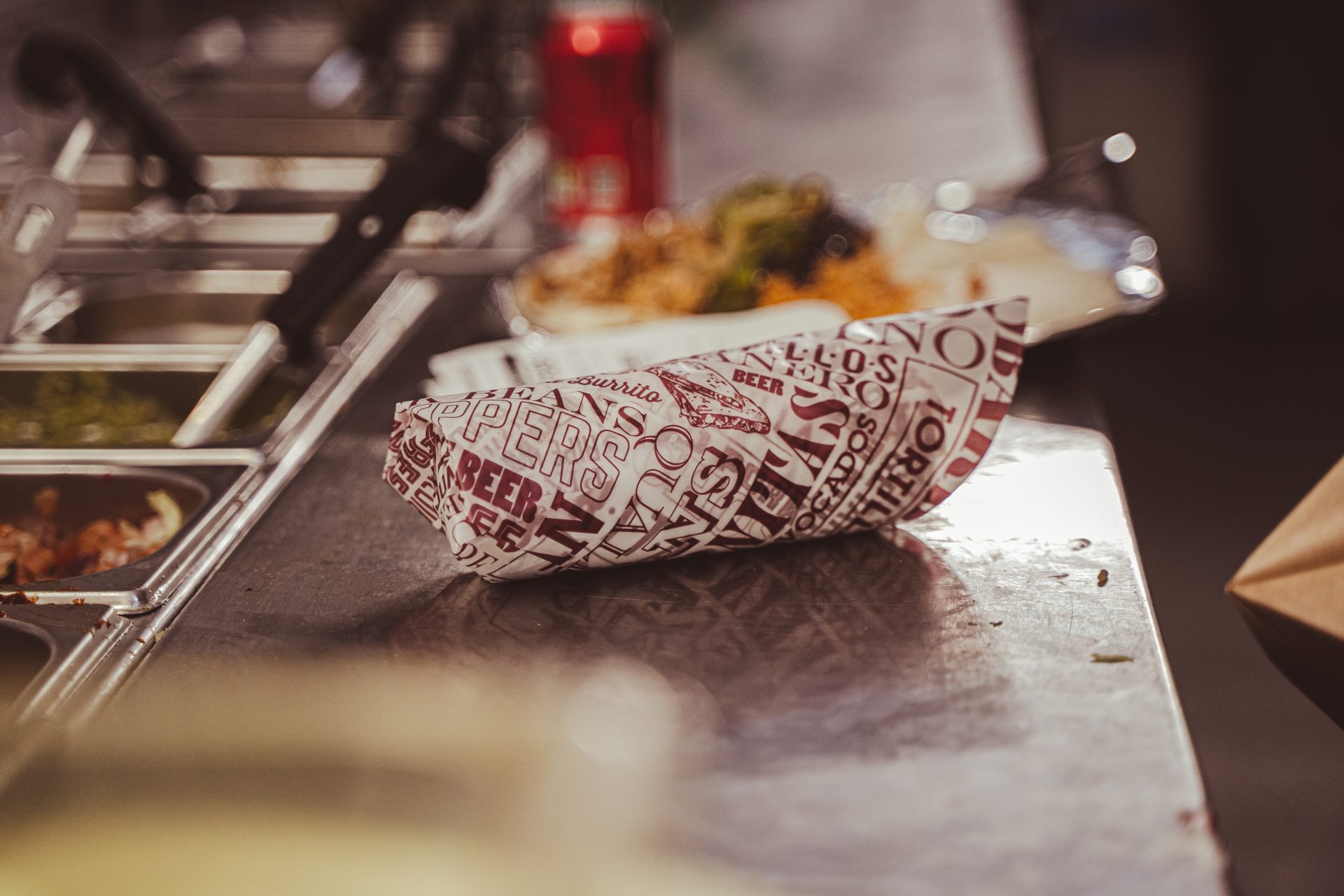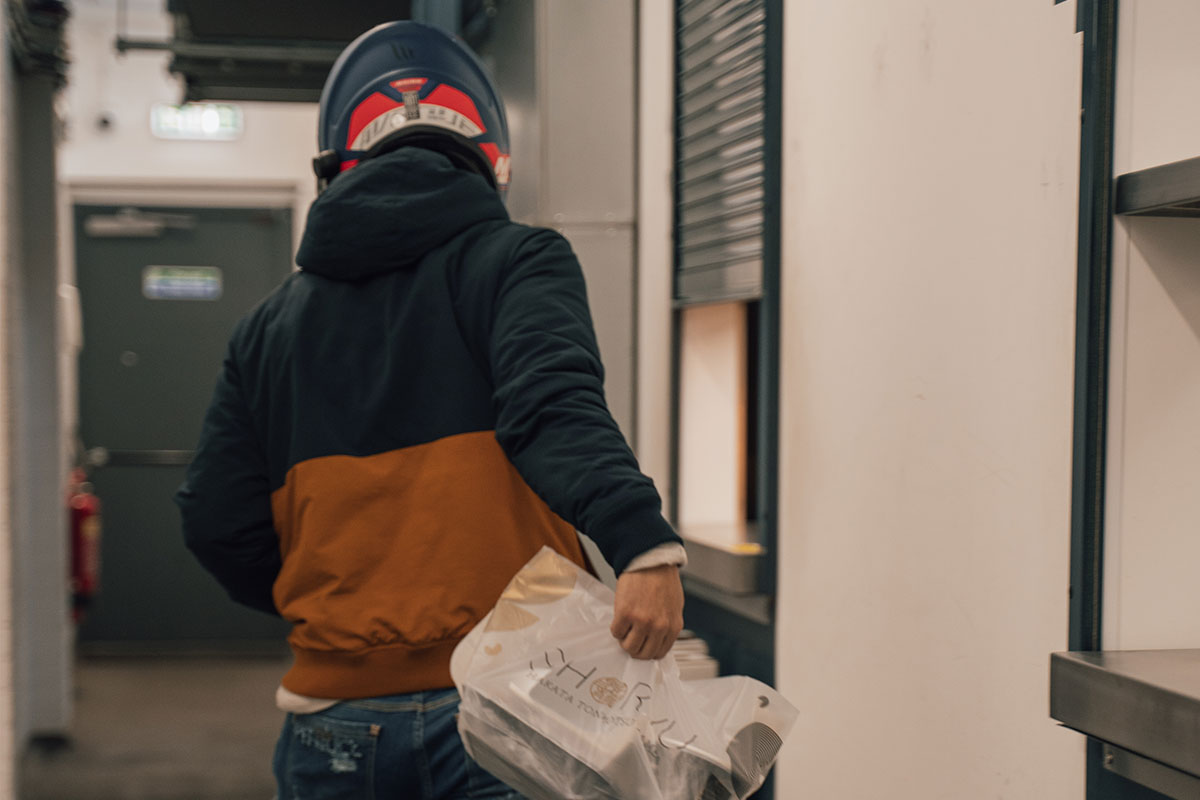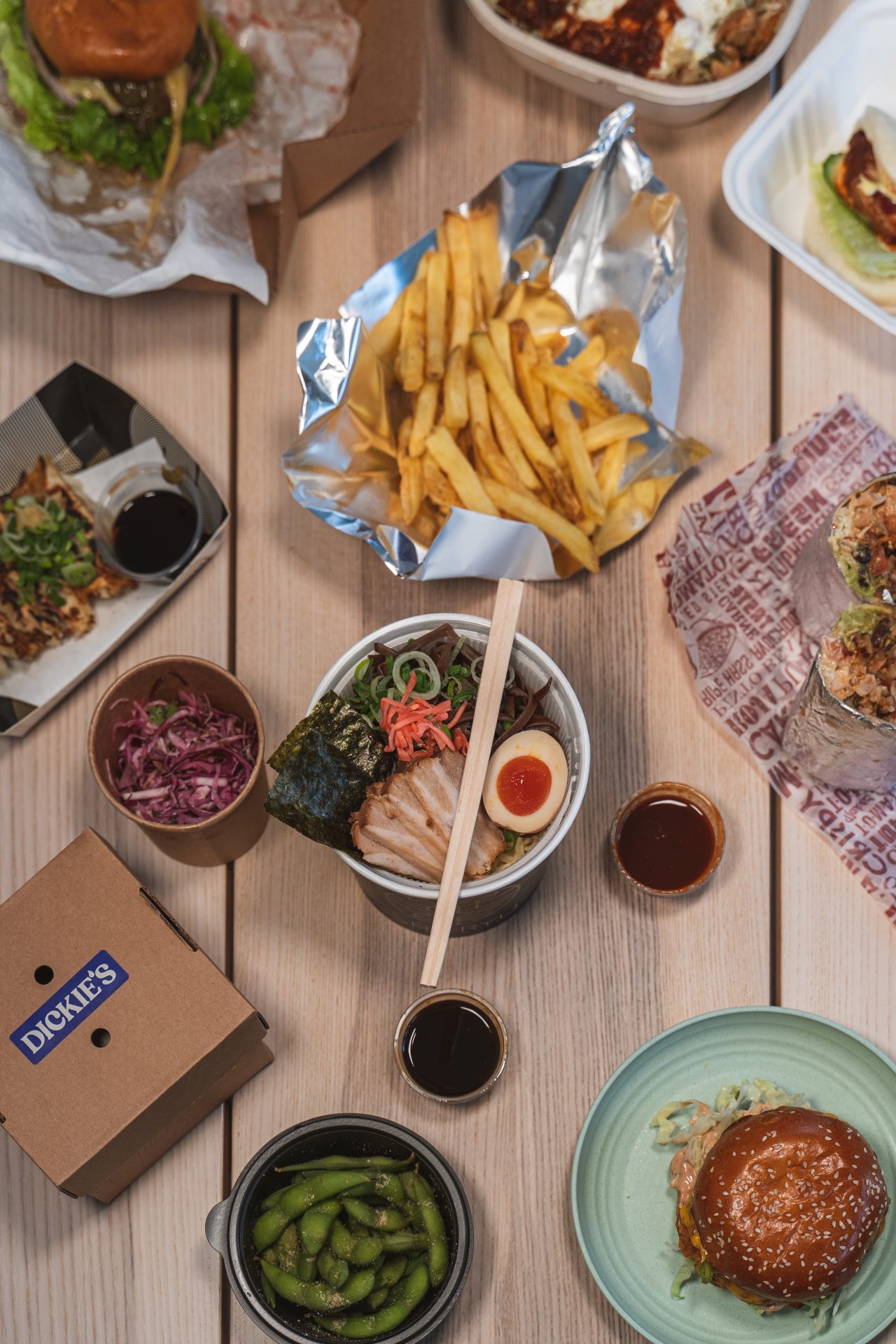Who will win in food delivery?
For many restaurants, food delivery was the silver lining in an otherwise gloomy reality when the pandemic severely impacted dine-in numbers. It’s unsurprising then that according to IMARC Group, the global online food delivery market now exceeds US$ 100 Billion and is expected to reach over US$ 200 Billion in just five years. With numbers like that, playing in the delivery space should be a no-brainer.
There’s no doubt that food delivery is an exciting new revenue stream, but it’s a completely different model from operating traditional restaurants. Those tempted by promising market predictions understand that the food delivery value chain, dominated by delivery app commissions, makes attracting additional virtual tables more complex.
Despite restaurants opening up again post lockdown, they are still faced with unpredictable dining habits and delivery continues to grow with thousands of options available. Customers now expect more from delivery and the winning brands must treat delivery as a whole new business and manage it separately from their dine-in operations while exploiting synergies between the two.
Win, lose or draw

Delivery does not work for most restaurants. Some are too high-end with ingredients that don’t travel well and some are too small and get lost on delivery apps. It’s the recognisable Quick Service Restaurants (QSRs) with already high brand awareness and delivery-first menus who really stand to win in food delivery.
In postcodes where they operate, they sell a lot of food on delivery. It’s these brands that have the opportunity to go from a few dozen hybrid (dine-in + delivery) locations to a few dozen flagship dine-ins and 100s of small delivery outlets that spread the brand across postcodes. This hub and spoke model elevates delivery from an added extra to a whole new revenue stream.
But they are busy being a restaurant. They don’t have the capabilities and technology to open and operate hubs quickly and efficiently. Their existing technology is designed to predict footfall and manage a few locations. It doesn’t allow them to predict where they will be successful in delivery, let alone let them run lots of locations without major overheads. And since delivery apps control the customer experience and data, the brands can’t effectively market to and retain their customers.
To overcome these challenges, the best option for QSRs is to outsource most of their delivery operations while retaining control of their core: running their dine-in flagship stores, cooking and building the brand. At Growth Kitchen, we take these great QSRs to the next level in delivery, scaling them efficiently across markets fast. We sign exclusive deals with top brands to scale their entire delivery business in a way that compliments their core operations and lets them retain their margins.
We are building the winning restaurants of the future. If you’d like to learn more about how we’re doing this, email us at info@growthkitchen.co.


